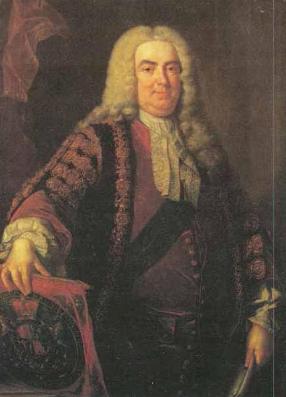标签:des blog http io ar os sp for strong
| Time Limit: 1000MS | Memory Limit: 65536K | |
| Total Submissions: 11788 | Accepted: 6697 |
Description
 The ministers of the cabinet were quite upset by the message from the Chief of Security stating that they would all have to change the four-digit room numbers on their offices.
The ministers of the cabinet were quite upset by the message from the Chief of Security stating that they would all have to change the four-digit room numbers on their offices. 1033The cost of this solution is 6 pounds. Note that the digit 1 which got pasted over in step 2 can not be reused in the last step – a new 1 must be purchased.
1733
3733
3739
3779
8779
8179
Input
Output
Sample Input
3 1033 8179 1373 8017 1033 1033
Sample Output
6 7 0
Source
#include <iostream>
#include <cmath>
#include <queue>
using namespace std;
const int MAXN = 10000;
int prime1, prime2;
struct node
{
int num;
int step;
};
bool used[MAXN];
bool bPrime[MAXN];
void IsPrime()
{
bPrime[0] = bPrime[1] = 1;
for(int i=2;i<=10000;i++)
for(int j=i*2;j<=10000;j=j+i)
bPrime[j]=1;
}
void bfs()
{
queue <node> q;
node p, t, head;
while (!q.empty())
q.pop();
head.num = prime1;
head.step = 0;
used[prime1] = true;
q.push(head);
while (!q.empty())
{
p = q.front();
q.pop();
if (p.num == prime2)
{
printf("%d\n", p.step);
return;
}
int res, r, k;
// 个位
res = p.num % 10;
for (r = 0; r <= 9; ++r)
{
k = p.num - res + r;
if (!used[k] &&! bPrime[k])
{
t.num = k;
t.step = p.step + 1;
q.push(t);
used[k] = true;
}
}
// 十位
res = (p.num / 10) % 10;
for (r = 0; r <= 9; ++r)
{
k = p.num - res * 10 + r * 10;
if (!used[k] && !bPrime[k])
{
t.num = k;
t.step = p.step + 1;
q.push(t);
used[k] = true;
}
}
// 百位
res = (p.num / 100) % 10;
for (r = 0; r <= 9; ++r)
{
k = p.num - res * 100 + r * 100;
if (!used[k] && !bPrime[k])
{
t.num = k;
t.step = p.step + 1;
q.push(t);
used[k] = true;
}
}
// 千位
res = p.num / 1000;
for (r = 0; r <= 9; ++r)
{
k = p.num - res * 1000 + r * 1000;
if (p.num >= 1000)
{
if (!used[k] && !bPrime[k])
{
t.num = k;
t.step = p.step + 1;
q.push(t);
used[k] = true;
}
}
}
}
}
int main()
{
int nCases;
scanf("%d", &nCases);
IsPrime();
while (nCases--)
{
scanf("%d%d", &prime1, &prime2);
memset(used, false, sizeof(used));
bfs();
}
return 0;
}
标签:des blog http io ar os sp for strong
原文地址:http://www.cnblogs.com/a972290869/p/4101045.html